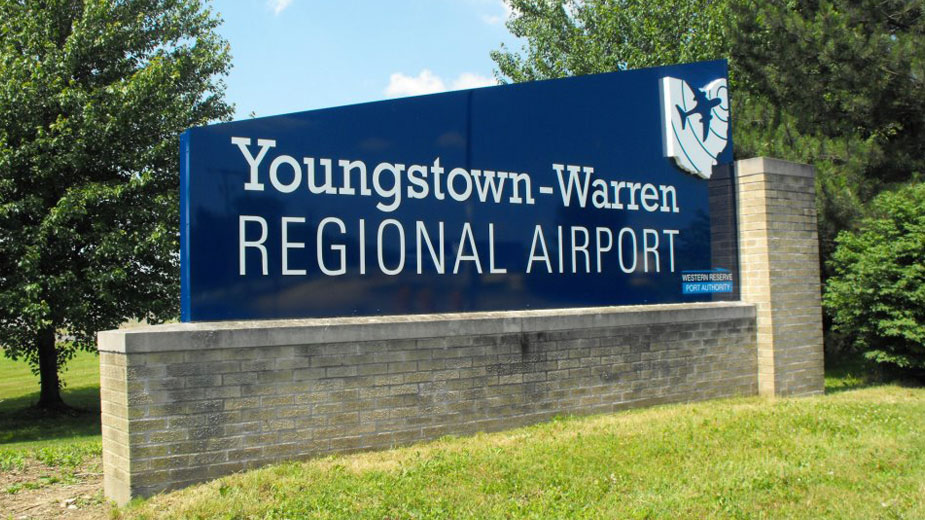Event Provides Insights into Additive Manufacturing
YOUNGSTOWN, Ohio – Additive manufacturing will cause disruption, but that disruption will have good and bad impacts. And despite its projected growth, the technology is in no danger of displacing more traditional manufacturing processes in the near term, says Brett Conner, associate professor of mechanical and industrial engineering at YSU.
A group representing businesses and educational institutions gathered at American Makes downtown to learn the basics of additive manufacturing, also referred to as 3-D printing.
Additive manufacturing today is at a stage comparable to the computer industry in 1986, said Conner, director of advanced manufacturing workforce initiatives at YSU.
A $4.1 billion industry as of 2014, by 2020 additive manufacturing is expected to grow to $21 billion, Conner said. As the industry grows, the cost of equipment will come down and its speed will increase dramatically.
“Think about the major disruptions that would happen in some industries as a result,” Conner said.
Among the positive impacts will be opportunities for U.S. reshoring of industrial production, he pointed out.
The advantages of using additive manufacturing include the opportunity to produce geometrically complex structures, mass customization (as in medical applications), small lot production and the ability to craft unitized structures, or pieces that might otherwise have to be crafted separately as components and connected later, said Maureen Fang, an America Makes fellow in workforce and educational outreach.
Fang outlined the various industries in which 3-D printing already is being utilized.
These include fields as diverse as fashion, food production and entertainment – 3-D printing was used in crafting the armors used in the Iron Man movies, for example – as well aerospace and medicine, where highly customized components, such as prosthetics and appliances used in hip replacements, are required.
“A lot of people don’t realize we tend to sacrifice functionality for simplicity. The more complex something is, it generally costs more,” Conner said.
Even so, additive manufacturing won’t replace traditional mass production processes anytime soon, and also works to enhance those traditional methods, he added.
Additive manufacturing is a field that “allows for new product design with little cost involved” and “is definitely going to be here for a long time,” said Dale Toukonen, incoming director of the machining and welding program at Eastern Gateway Community college’s Valley Center downtown.
“Young people should use it as an opportunity to use their creativity in coming up with ideas” and to become more entrepreneurial, he said.
“The artistic part of this whole idea of using 3-D printing allows for the creativity that a lot of manufacturing has not had in the past,” he added.
“We have to learn about this technology,” said Lisa Kleinhandler, CEO of Hudson Fasteners, one of the sponsors of the Manufacturing Day events at America Makes. “We don’t want to be like Polaroid or Kodak and miss the opportunity to learn about this. If we want to survive in today’s world, we have to stay educated about these technologies.”
Copyright 2024 The Business Journal, Youngstown, Ohio.



